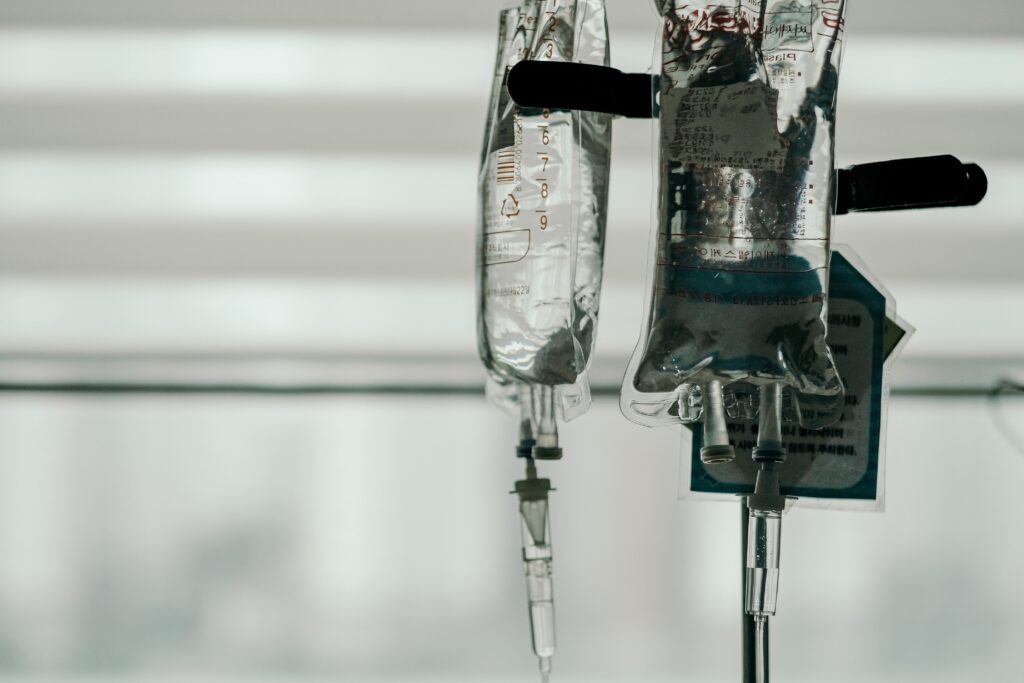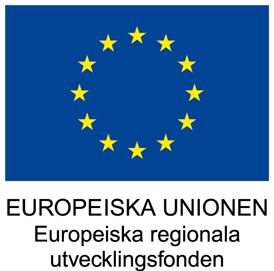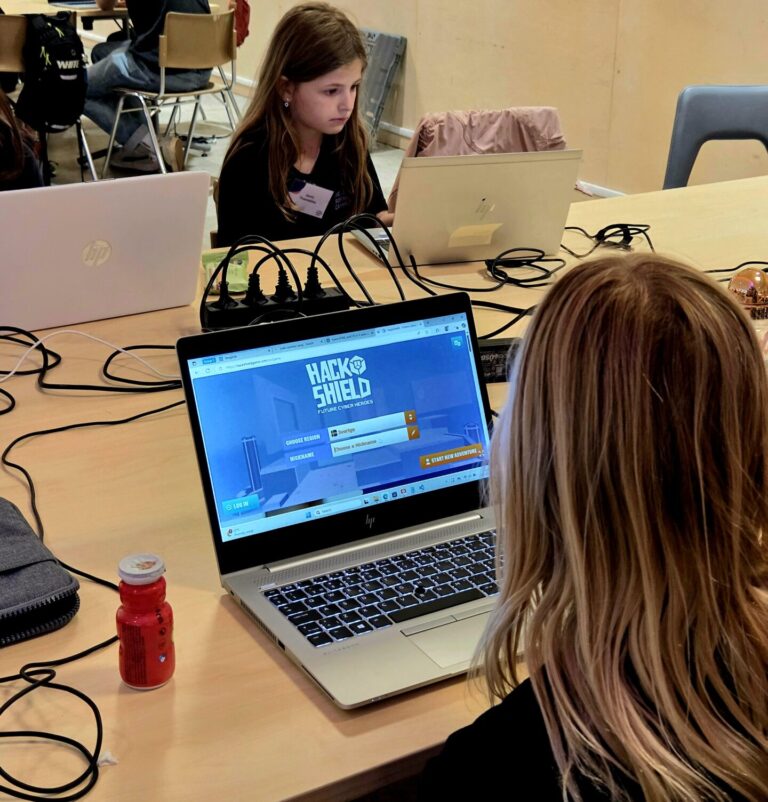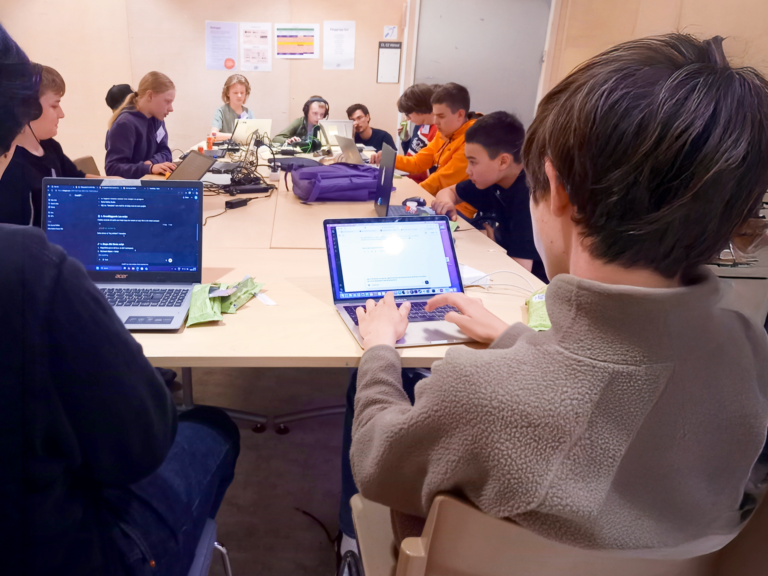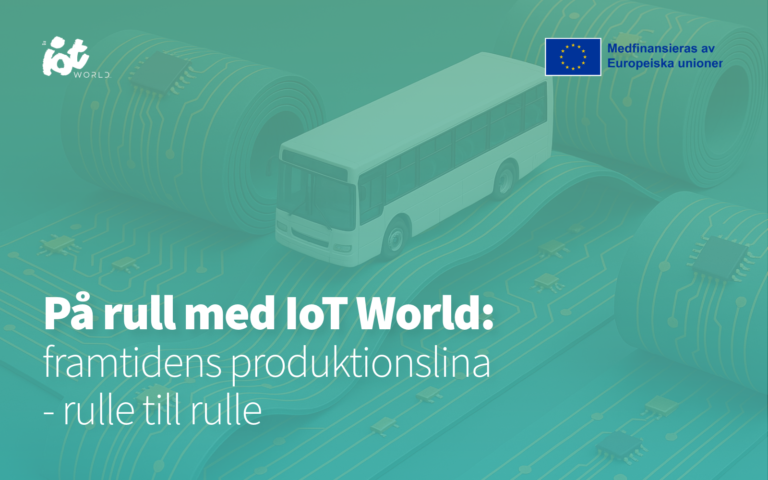The corona pandemic shed light on the challenge of material supply that has been a fact in healthcare for a while. There is currently no comprehensive overview of how much material is available at the various functions and at what speed they are consumed, which can lead to both material shortages and surpluses. The East Sweden Region is now joining forces with RISE, IoT World, Kinda Municipality and Linköping Municipality to investigate solutions to the issue.
Earlier this spring, IoT World announced that Vinnova had granted funding for a project to improve logistics surrounding material supply in healthcare. Now the project has started and we have talked to project manager Claes Otterborg, strategist at Region Östergötland.
– Today, we know what comes into our supply stocks, but we have no overview of the rate at which it is consumed. We do not see how much material is in stock in the departments, Claes Otterborg explains.
– Having a well-functioning material supply chain for our functions is crucial to be able to provide care. The project is an important part of our work to continue to develop the material supply chain within East Sweden and we look forward with confidence to where the results can lead us, adds Charlotta Jonegård, Center Manager for Purchasing, Service and Logistics at Region Östergötland.
The project will analyze the entire material supply chain to see where adjustments can be made that improve the inventory overview. The goal is to produce a procurement document with requirement specifications that can be used in the procurement of material supply systems. In addition to the Östergötland Region, RISE, IoT World the municipalities of Kinda and Linköping will serve as references for how these adaptations can work. The idea is that the procurement documentation can also be used by and applied in other business areas.
– It is about technical solutions but also routines. Among other things, we will look at where the actual extraction of materials is made and how to make inventories. We want as much as possible to be automated and the goal is for it to be as simple as possible for the end users, the care staff. They should hardly notice the changes that are being introduced.
– Right now we are still in the start-up with a lot of planning and analysis. We are looking at suitable sites, products and users that we can then perform field tests on in early 2022.
